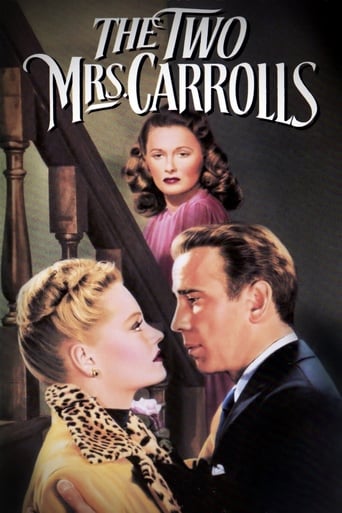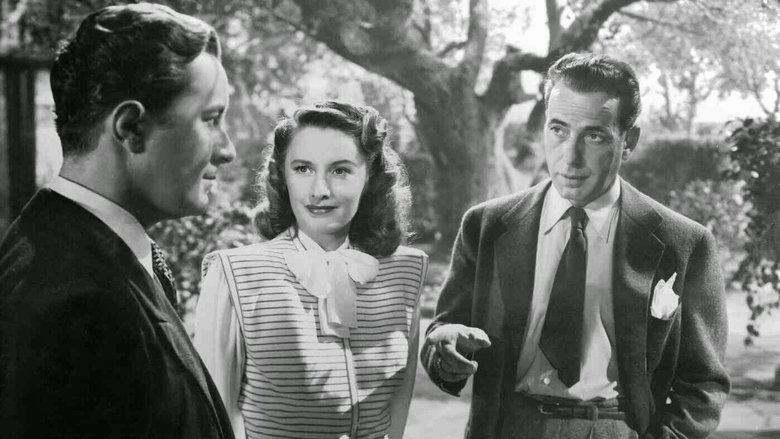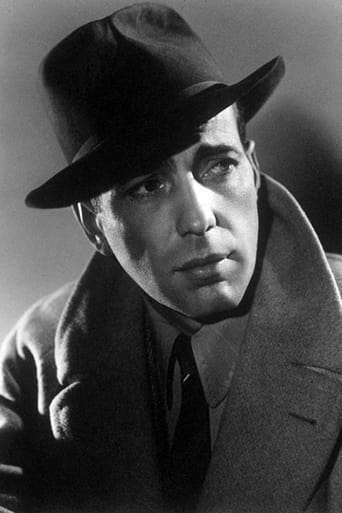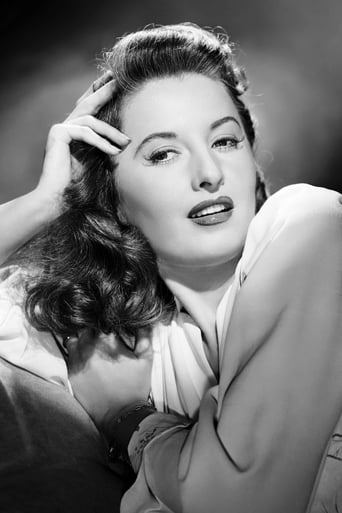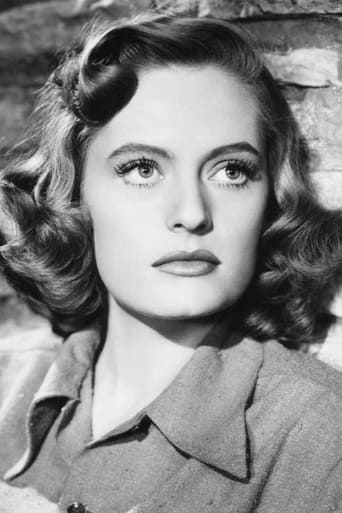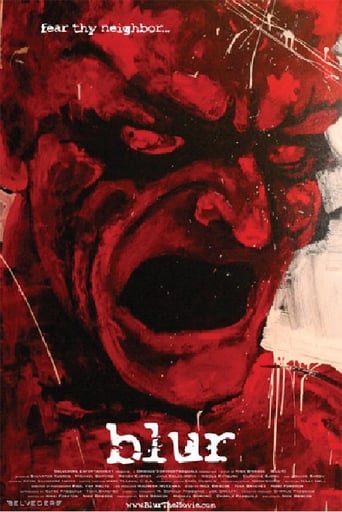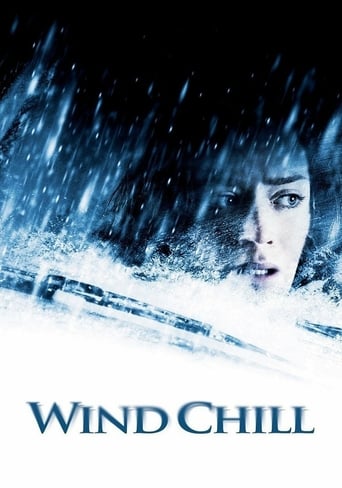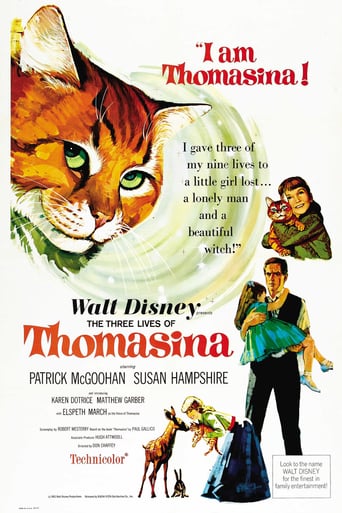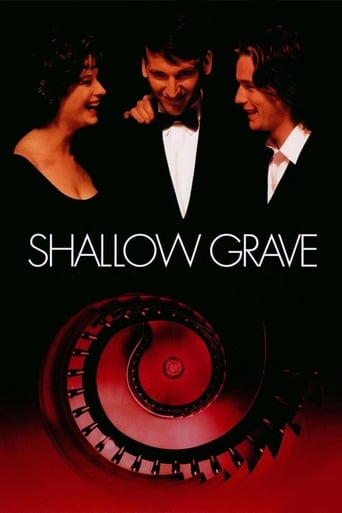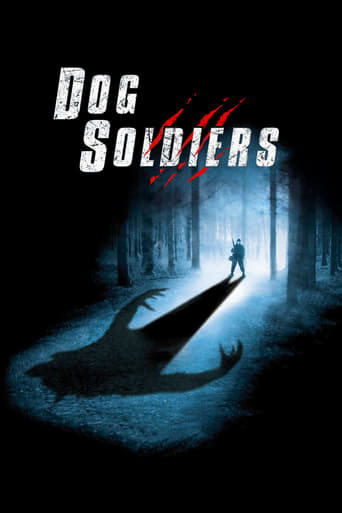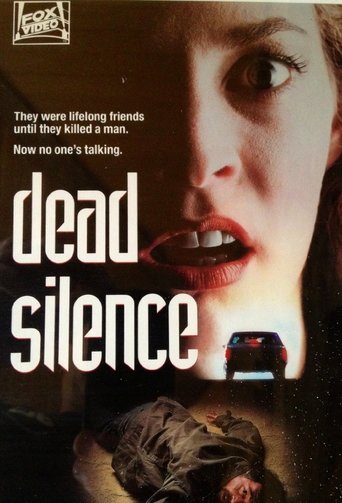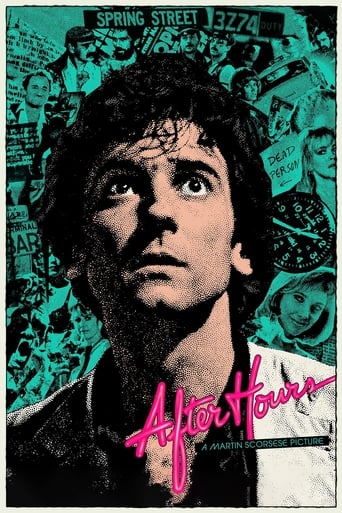The Two Mrs. Carrolls (1947)
Struggling artist Geoffrey Carroll meets Sally while on holiday in the country. A romance develops, but he doesn't tell her he's already married. Suffering from mental illness, Geoffrey returns home where he paints an impression of his wife as the angel of death and then promptly poisons her. He marries Sally but after a while he finds a strange urge to paint her as the angel of death too and history seems about to repeat itself.
Watch Trailer
Cast


Similar titles
Reviews
Very Cool!!!
Absolutely the worst movie.
what a terribly boring film. I'm sorry but this is absolutely not deserving of best picture and will be forgotten quickly. Entertaining and engaging cinema? No. Nothing performances with flat faces and mistaking silence for subtlety.
The film may be flawed, but its message is not.
You could say that "Dragonwyck", "Secret Beyond the Door", and even Stanwyck's own "Sorry Wrong Number" all had elements of this film in them. Yes, I know Dragonwyck and Conflict were released before this film, but "Two Mrs Carrolls" was actually filmed in 1945 and just sat on the shelf at WB for two years.Stanwyck plays Sally Morton, a woman who has a whirlwind courtship with artist Geoffrey Carroll (Humphrey Bogart), until she finds a letter from Mrs. Carroll. Geoffrey then tells her that though he and his wife have been married ten years that his wife has been an invalid since the birth of their daughter. But Sally will have nothing to do with busting up a home.One great device of this film is that you never see the first Mrs. Carroll. You just see Bogey and the daughter coming in and out of her room. Geoffrey's mind turns to murder, and he is even painting his wife as "The Angel of Death". He signs for some dangerous chemicals at the pharmacist's and you see him going into his wife's room holding her milk, but looking like he is carrying a hand grenade.Next thing you know it is two years later plus some time, because it is mentioned that the first Mrs. Carroll has been dead that long. Sally is now married to Geoffrey, who is complaining that he can no longer paint, that he is mentally blocked. And then he meets the wealthy Cecily Latham (Alexis Smith) who wants her portrait painted. She shamelessly flirts with Geoffrey, stealing him right out from under Sally's clueless nose. Geoffrey wants to leave Sally for Cecily - and her money - plus that chemist he bought the poison from years ago? He's hanging around and blackmailing Geoffrey, who is hardly wealthy.The next thing you know, Sally isn't feeling too well, being told by her doctor to stay in bed. Then through casual conversation with Geoffrey's daughter - with whom she has a good relationship - some interesting facts about the first Mrs. Carroll come to light. When Sally convinces the daughter to let her into the locked room where Geoffrey is painting, what they find shocks them both.Although the idea of Bogart playing an artist seems silly at first, you don't see him that much as an artist - although Jack Warner wanted him to wear a beret and a smock which Bogart had the power by that time to veto. Stanwyck is great as a woman who finds out her dream marriage is a nightmare and Bogart's slide into insanity is artfully done. I do have to ask Cecily - and all homewreckers for that matter - if you can get him to leave his wife this time, won't it be all the easier for some other woman to do it down the line? The bloom won't stay on your rose forever! And now I turn to the daughter. She really is a necessary character. Her interaction with Bogart all through the movie and their good relationship brings out the humanity in Bogart's character, and she innocently relays information to Stanwyck's character that she could not have easily gotten any other way. The only weird part is how she seems to be eternally eight. She does not age over the three year period that this film takes place.In summary you have a great cast in a moody film set in a dark creepy English mansion. The housekeeper is a smart mouth from the word go, Nigel Bruce plays a doctor who is also a lush, and Patrick Moore as Stanwyck's old boyfriend has the patience of a saint. Unfortunately he has the sex appeal of one too. I'd recommend this one.
Humphrey Boart plays Jeffrey Carroll--a painter whose wife died. He meets lovely Sally (Barbara Stanwyck) and falls in love. They get married but then she gets suspicions that he may have poisoned his first wife to marry her. This grows when he becomes attracted to Cecily (Alexis Smith). It all leads to a finale on a dark and stormy night.First the good things about this. The script is not bad--there are plenty of cute lines. Stanwyck is wonderful in her role. The movie LOOKS beautiful and Smith is lovely. However Bogart is seriously miscast in this. Even worse he knows it and the panic in his face is uncomfortable to watch. The movie moves slowly too. And the finale is WAY over the top to a ridiculous degree. It was unintentionally hilarious! I actually broke out laughing at the overdone melodramatics that were on screen. This was shot in 1945 but held back from release (for good reason) for two years. This was a serious misstep for Stanwyck and Bogart but it didn't affect their careers too much. Almost worth seeing for the hilarious ending. Almost.
Although credits are top-draw, production values are very moderate. Peter Godfrey's direction is also a mite disappointing. Neither he nor screenplay writer Thomas Job have made much attempt to open up the stage play. Instant information dialogue is put across with a disconcerting lack of subtlety in both writing and delivery. Ann Carter's unrealistically precocious child and Nigel Bruce's blustering, stereotyped doctor are the worst offenders. Bogart himself delivers another of his very capable studies in psychopathology. Barbara Stanwyck is also cast strictly to type, but she too comes across effectively. Both she and Bogart give seemingly effortless portrayals as they both have parts they can play standing on their heads. Alexis Smith makes a strong impression in an unsympathetic part. On the other hand, Patrick O'Moore makes a wet, colorless hero. In the support cast, Anita Bolster (looking rather like Margaret Hamilton) gives an audience-pleasing portrait of a cynical servant. Godfrey himself does a brief and amusing cameo as a race-track con man. Barry Bernard registers as the blackmailing Blagdon, while Isobel Elsom delivers her usual capable rendition of a high society lady. Godfrey's direction is at its best in the climax with the camera tracking across the room with Bogart as he makes his preparations. It must be admitted that Godfrey sees the action from a cinematic rather than a stage audiences' point-of-view, but his approach is often unimaginatively routine. All the same, certain sequences do have power (the murder, the climax, the discovery of the portrait), but thanks as much to deft film editing and atmospheric photography by Peverell Marley (who lights Miss Stanwyck most attractively) as anything else. Stanwyck is also most attractively costumed and made up. Alert music scoring effectively mirrors every cue in the dialogue.
This is, first of all, a well made, well mounted, and well cast film. It even has Franz Waxman's music, which is fine indeed.I found difficulty enjoying this film however because none of the characters are sympathetic except the surly housekeeper who is endearing because she IS insolent. Very odd.Bogart's character, Geoffrey Carroll, comes off as a cad from the get-go which wouldn't necessarily have been so bad if it weren't also clear from the start of the film that he was hell-bent on murdering his first wife. He wasn't suffering in the marriage, he was evidently just a rotten person. Hard to find any sympathy there.Daughter Bea is devoted to her father in a way that seems very unnatural; she is indeed a peculiar child. Perhaps we should have seen more of the first Mrs Carroll's marriage (relationship) so we could have better understood Bea. I dunno... She seems one step away from being The Bad Seed, IMHO. No sympathy there...The supporting characters, with the exception of the aforementioned housekeeper, are either dull as dishwater (Penny), despicable (Cecily), snobbish (Cecily's mother) or incompetent (the Doctor).The chemist who blackmails Carroll is decidedly heinous and, while entertaining, is also highly unlikable. But he's supposed to be.Finally, Sally, Carroll's second wife, doesn't have much to recommend herself and there is little reason to care whether she lives or dies. Oh sure, she showed some spine when she initially rejects Carroll when she finds out he's already married, but the film skips what should have been key scenes between Carroll and Sally where they reconcile after the death of Carroll's first wife. I'd have liked to see him sweet talk Sally into marriage now that the first wife was so conveniently out of the picture...In addition, Sally is pretty dumb. It's clear to us, the audience, that Cecily and Carroll have a spark between them from their initial introduction (there's a fine line between love and contempt!). But Sally chooses to ignore Cecily's rather obvious plays for her man (irresponsible) and even keeps her former fiancé Penny around all the time as a family friend (sorry, that doesn't work too well in real life).Despite good breeding, Sally shows bad judgment and appears to be boringly complacent. She doesn't have much personality; I mean, what does she DO with her days? She's a character that is sketched pretty poorly and I don't fault Stanwyck at all; I fault the writing. Sally isn't the least bit sympathetic (except for her predicament and that's purely mechanical; a sheer function of the narrative).In a good Noir, the characters have flaws & fall prey to circumstances that get out of control often due to their own personal failings. These people aren't just flawed, however, they are damned annoying.Finally, the motivation for Carroll's murderous tendencies are never made very clear. Sure, some people are just *born* bad, and that's a fact of life. However, it would have made the film better if we, the audience, had been given a bit more background on Carroll and what drove him to commit murder in the first place. What's his philosophy? All we get is one scene between Carroll & Cecily where she lures him with a new, carefree life with her in sunny South America and him stroking his brow like a simmering maniac (the bells! the bells!) saying that "this was what he always wanted..." Verrrry shallow.Or is a commentary about artists in general? That they're selfish, immoral, lazy? Looking for hand-outs from rich patrons? Willing to trade up (even through murder) when a better opportunity comes along? What RUBBISH! Enjoy this movie for what it is, but don't expect it to compare with Hitchcock's "Suspicion" which also deals with a (potentially) murderous spouse & deadly glasses of warm milk.

